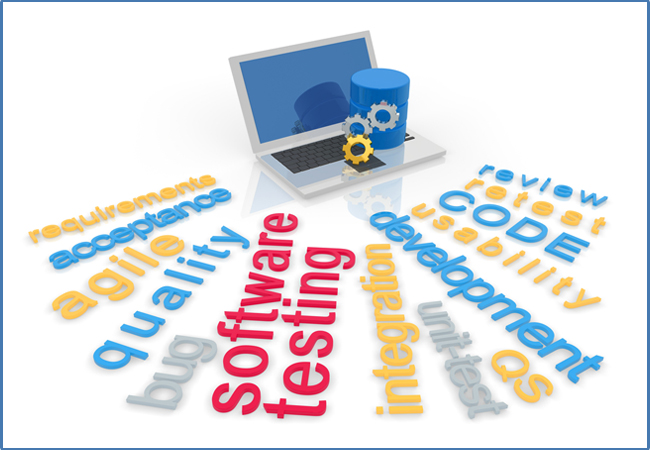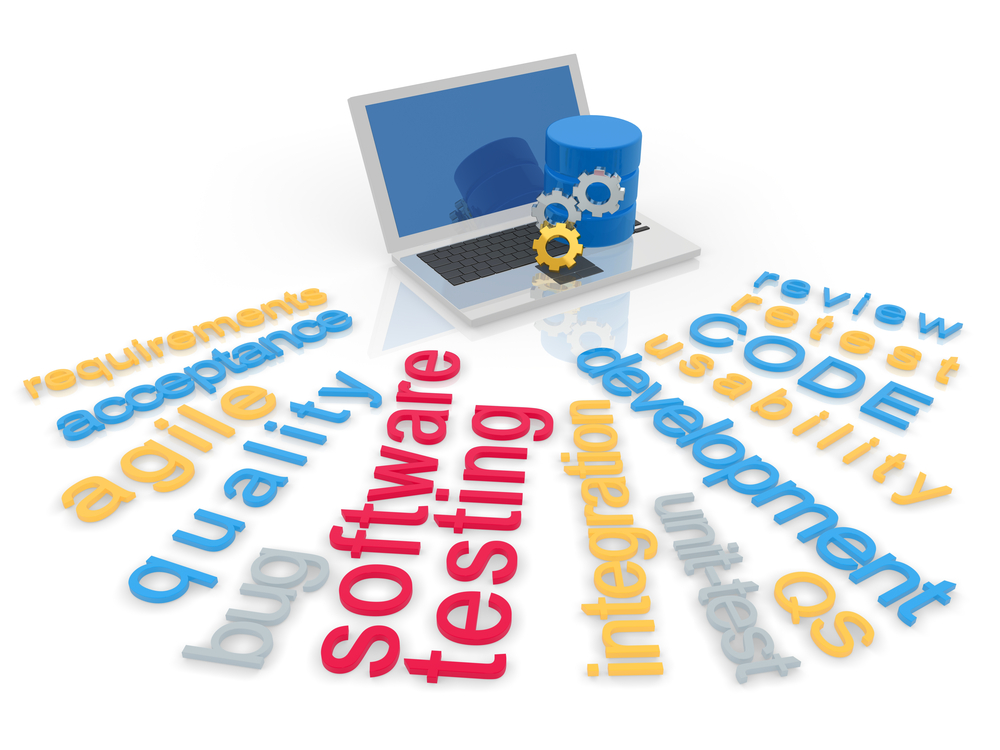Tips on How to Test Software -Eight Basic Rules of Software Testing

Table of Contents
In this competitive environment, it is necessary to provide quality products to your clients. IT companies have been largely investing in resource and testing methods. Testing aims at evaluating the software capabilities to meet its required results.
Due to the limited understanding of the principle software, testing remains an art limited to expert programmers and testers. The purpose of testing can be assurance of reliability, validation, verification, and quality.

The need for enterprises to deploy software tools to maintain a competitive edge has led to a growth in the development of software. In the quest of providing timely and cost effective solutions, the possibility of bugs and boilerplate code has increased. As the competition intensifies, a need emerges to incorporate effective methods of software testing.
Software testing also becomes imperative for clients project, where the margin of error is zero. Before deployment, you need to make sure that the software is exactly what the clients demanded. It is directly related to the ability of the software to measure up to its potential. If it does not give the desired output, then it may result in serious loss to the client in terms of time and investment.
For successful software testing here are some of the basic, but most effective steps leading to a bug free deployment of the developed software.
Evaluate development plan and status
This is the initial step for testing the software. As a tester, you need to check the completeness and accuracy of the software. You must make sure that the development was according to the software requirement specifications. Based on this, you will be able to determine the time and resources needed for testing.
Develop a plan for testing
Streamline and formalize the testing methodology. Develop a comprehensive test plan. Doing this will form the basis for testing methodology. Identify key areas of the software development. Do not generalize the testing process. Define your expected results. Test everything in the same manner to get consistent results.
Test software requirements
You need to specify the requirements for testing at the primary level itself. Doing this will save time and eliminate the risk of failures during testing. Inaccurate, inconsistent or insufficient resources lead to software failure. Make use of various testing levels such as regression, integration, systems, etc
Test software design
Check the software for design, whether it will be compatible with the designated hardware. As a tester, you need to make sure that the design fulfills the objectives.
Program phase testing
You will need to determine the method used to build software. Since most of the designs are automated, the margin for error is minimal. In case the design has been created manually, it is bound to have errors.
Execute testing and record results
You need to execute the testing method; this involves the testing of code in a dynamic state. You need to use the methods and tools listed in the approach plan to validate the codes. This will ensure that the project did follow the structural specifications and design as in stated in software requirements.
Report test results
You need to generate test reports on a regular basis and for every stage of testing. It can be oral or written. You must make sure that you address the concerns if any, to the respective development teams. It should be done as soon as possible so that the necessary errors or bugs get fixed within the production cost.
Software installation
Once you have confirmed that the software is ready to be installed. Install and seek feedbacks from the users. Ask users to test for operating software, operating procedures and interfaces. This will help you to find out any unrecognized errors.
To conclude, I would say software testing is an art, which is backed by creativity and experience. It is the way you utilize the resources and approach testing with proper tools and techniques. It is more than just debugging. It is the overall evaluation of the developed software on the basis of software requirement specification.
With the advent of technology, testing may not be the most effective method to improve software quality. It may also prove to be time consuming and costly. In such cases, you can take assistance of automated testing system. In addition, clean-room engineering and inspection may work even better.




